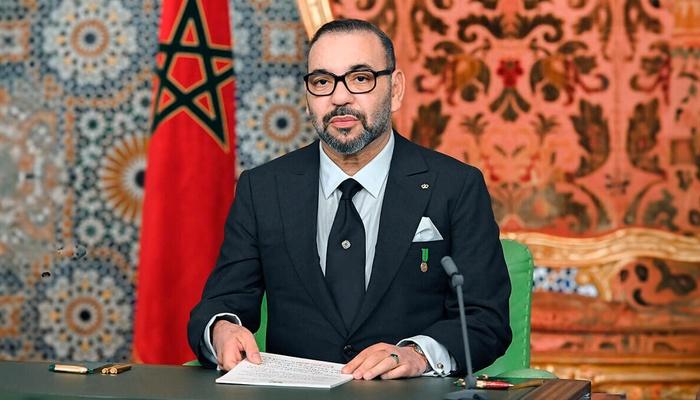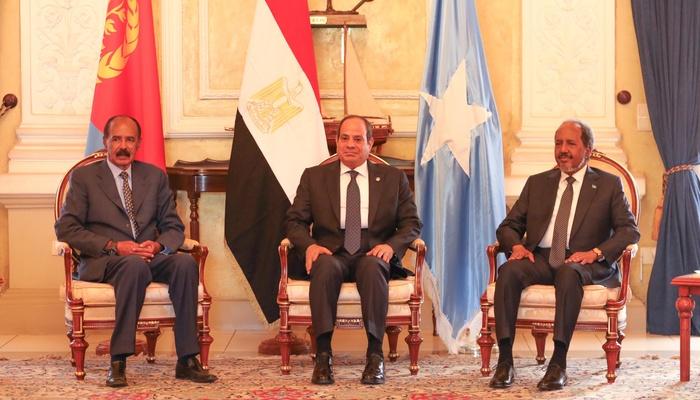Myanmar and the Rohingya: an historically troubled relationship
For the past few weeks, since 25 August 2017, a new wave of violence has erupted in Northern Rakhine State, after an attack was carried out by members of the Arakan Rohingya Salvation Army (ARSA) against Myanmar border police, leaving 71 people dead.
The Rohingya, a Muslim ethnic minority residing in the northern part of the Rakhine State, in Myanmar, are considered the world’s most persecuted people. This is mainly due to the lack of recognition of their status as citizens of Myanmar, as – in the majority’s view – Rohingya are simply immigrants from Bangladesh, ‘Bengali’.
This marginalization has been the cause of continuing tensions between Rohingya, other religious and ethnic groups, and with the central government. These tensions, usually confined to the Rakhine State, now risk spreading to the whole country, as the recently created ARSA group reportedly warned authorities of new imminent attacks being planned.
The recent creation of a Rohingya militia group is probably linked to the historically problematic relationship between Myanmar and this population. Indeed, the military governments established since the military coup of 1962 consistently implemented a discriminatory policy denying citizenship status to the majority of Muslims in Rakhine, including the Rohingya. This policy was later incorporated into the Citizenship Law of 1982, which had the effect of making Rohingya de facto stateless people, as they did not qualify as citizens under the law. As a consequence, around 200,000 Rohingya fled to Bangladesh, seeking asylum in the neighboring country.
After a second military coup occurred in 1988, the land belonging to the Rohingya was confiscated, forced labor was imposed on the population and their taxes increased. Despite Bangladeshi authorities had decided to stop the registration of new incoming refugees since 1992, more and more Rohingya decided to leave Myanmar and try crossing the border.
The underlying problems which led to the rise of the ARSA are thus not new nor unknown to the Myanmar government. Tensions between Buddhists, Rohingya and other Muslims had already reached a peak in 2012, after the then President, Mr. Thein Sein, had given the estimated one million Rohingya living in the country an ultimatum: either provide proof of residence so as to qualify for second-class citizenship or, alternatively, be placed in a camp while waiting for deportation.
Towards the end of 2015, the victory the National League for Democracy (NLD) and its leader, Nobel laureate Aung San Suu Kyi at the national elections held in November, was welcomed by Rohingya community as a possible turning point.
The government of Aung San Suu Kyi took over in March 2016. However, since then the relationship between Rohingya and the authorities of Myanmar has remained rather problematic.
In August 2016, the newly appointed State Counselor attempted at making a first step towards understanding the issue of Rohingya by creating the Advisory Commission on Rakhine State, chaired by former UN Secretary General, Mr. Kofi Annan. The Commission is mandated to analyze the present situation of all communities in Rakhine State, and to identify the factors that have resulted in violence, displacement and under-development.
The work of the Commission, however, has already been boycotted by various stakeholders, principally in Rakhine State. After only two weeks since its establishment, a motion was successfully passed in the Rakhine State parliament, de facto dissolving the Commission due to the presence of international members.
The boycotting of the Commission, which does not even include a Rohingya member, gave the public the impression that at government level there is no will nor a shared view on how to address the issue of the Rohingya. The controversial relation with national authorities might have been a contributing factor which pushed a group of armed Rohingya to attack three police posts at the border of northern Rakhine State in October 2016. The responsibility for the attack was claimed by the afore mentioned organization now known as ARSA, which appears to be formed by some members of Rohingya community emigrated in Saudi Arabia and led by the militant Ata Ullah.
Although military operations had been scaled down since the beginning of 2017, national and international observers feared that violence would eventually break out again, given the persisting lack of viable options for Rohingya. Indeed, just a few weeks ago the ARSA carried out a new attack on border police. Myanmar security forces responded with a clearance operation that has, so far, killed more than 400 people, forcing around 250,000 Rohingya to flee.
The attacks carried out last year had already highlighted the risk that the crisis in Rakhine State could constitute for the government. While so far the ARSA seems to have loose connections with other regional terrorist organizations, mainly focused on training activities, the political and social marginalization may end up pushing more and more Rohingya to radicalization. Reportedly, over the last year ARSA has already grown in strength, receiving money and weapons from groups in Malaysia, Pakistan, Afghanistan and Australia.
This latest attack by the ARSA, as well as the threat of new imminent ones, suggests that the repressive strategy adopted by the government since last year may have exacerbated the resentment among the community and reinforce the claims of the members of the Rohingya Salvation Army.
Indeed, after the attack in October 2016, the military had restricted freedom of movement of the population in the area, refusing access to humanitarian organizations and imposing extended curfews.
The intense repression Rohingya have been subjected to may explain the large support gained by ARSA within the population. Moreover, a risk the Myanmar government should not overlook is the possibility that other extremist groups operating in the region may start looking at Rohingya as a possible ally to bring the jihad into Myanmar.









